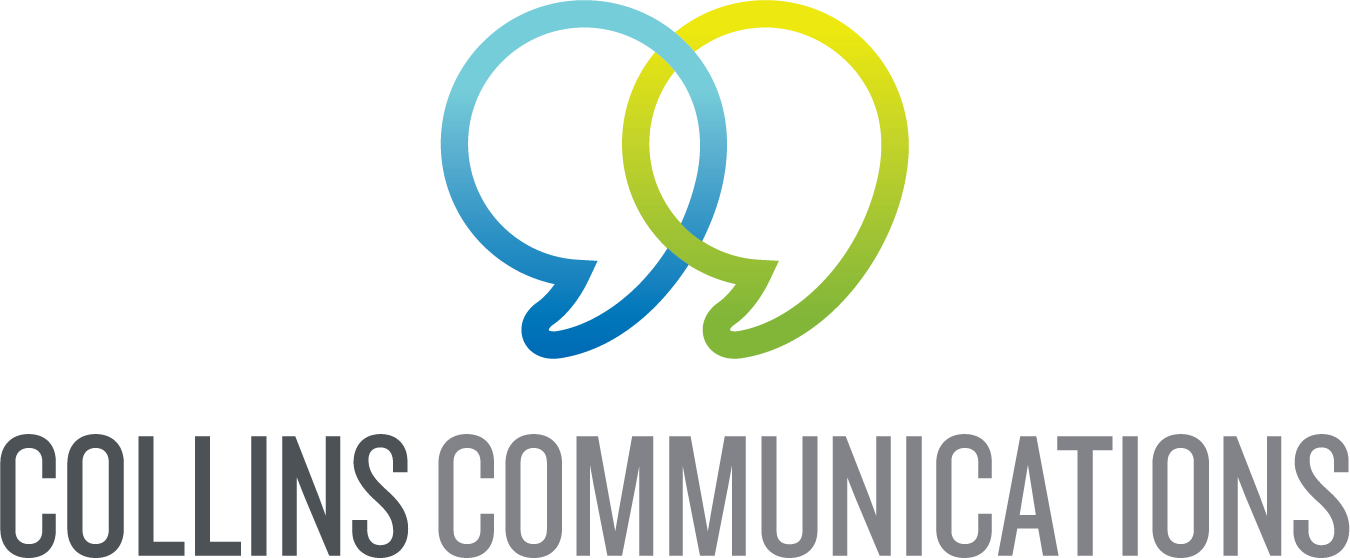how to be a confident, powerful speaker
Let's face it, some people would choose bungee jumping over addressing a crowded room of strangers. Fortunately, there are tricks that can make public speaking seem like less of a free fall.
Here are some pointers:
Keep it simple. What’s the goal of your presentation? Focus on just a few key messages that support your goal, then drive your points home with meaningful stories. Include a strong conclusion/call to action.
Spontaneity beats reading. If you write out your presentation word for word, you’ll sacrifice emotional impact. (Brief notes on index cards are OK.) Prepare your thoughts, then present them like you mean ‘em.
Get away from the podium. The best way to encourage spontaneity and build a rapport with your audience is to move away from the podium or table. Reduce the distance from your audience.
Tell a story or two. The best speakers illustrate their presentations with colorful, on-target stories — not charts and graphs. While graphics have their place in presentations, it’s the anecdotes that leave a lasting impression.
Get emotional. Chances are, you’re speaking about something that affects you and your audience. So don’t keep your emotions to yourself.
Slides and handouts won’t tell your story. Don’t use them as a crutch. And don’t recycle someone else’s presentation. It won’t work for you.
Don’t get hung up on perfection. You might not remember to say everything every time — and it’s nearly impossible to do everything right. Don’t get discouraged.
Anticipate questions. What’s your audience likely to ask? Be prepared with answers. Support them with your key messages.
Practice, practice. There’s no such thing as a “natural” speaker. You get better at public speaking by doing it. Consider joining Toastmasters.
Relax and enjoy yourself. A speech is an opportunity to share your excitement about a subject. Your audience is interested in learning from your experiences. Besides, they’re happy you’re the one up there — and not them.

